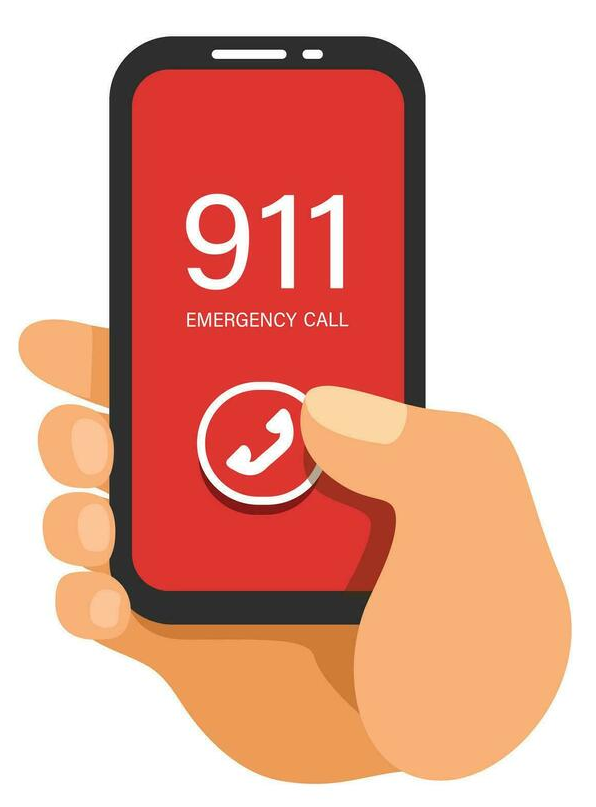Most home fires are preventable.
House fires are tragic events that can often be prevented with proper precautionary measures. One key factor in fire prevention is the regular maintenance of electrical appliances and wiring within the home. Overloading outlets or using damaged cords can lead to dangerous electrical malfunctions that may spark a fire. Additionally, having working smoke detectors installed throughout the house can alert residents to potential dangers early on, giving them more time to escape safely.
Another important aspect of preventing house fires is practicing safe cooking habits in the kitchen. Unattended cooking is one of the leading causes of house fires, as a forgotten pan on a hot stove can quickly ignite and spread flames throughout the kitchen. By staying vigilant while cooking and never leaving food unattended on heat sources, homeowners can greatly reduce their risk of experiencing a devastating fire in their home. With these simple steps and mindful practices, many house fires are indeed preventable occurrences that save lives and property from destruction.
- Watch your cooking
Stay in the kitchen when you are frying, grilling, or broiling food. If you must leave, even for a short time, turn off the stove.
- Give space heaters space
Keep fixed and portable space heaters at least three feet from anything that can burn. Turn off heaters when you leave the room or go to sleep.
- Smoke outside
Ask smokers to smoke outside. Have sturdy, deep ashtrays for smokers.
- Keep matches and lighters out of reach
Keep matches and lighters up high, out of the reach of children, preferably in a cabinet with a child lock. - Inspect electrical cords
- Replace cords that are cracked, damaged, have broken plugs, or have loose connections.
- Be careful when using candles
Keep candles at least one foot from anything that can burn. Blow out candles when you leave the room or go to sleep.
- Have a home fire escape plan
Make a home fire escape plan and practice it at least twice a year. - Install smoke alarms
- Install smoke alarms on every level of your home, inside bedrooms and outside sleeping areas. Interconnect smoke alarms throughout the home. When one sounds, they all sound.
- Test smoke alarms
- Test smoke alarms at least once a month and replace batteries once a year or when the alarm “chirps” to tell you the battery is low. Replace any smoke alarm that is more than 10 years old.
- Install sprinklers
If you are building or remodeling your home, install residential fire sprinklers. Sprinklers can contain and may even extinguish a fire in less time than it would take the fire department to arrive.


